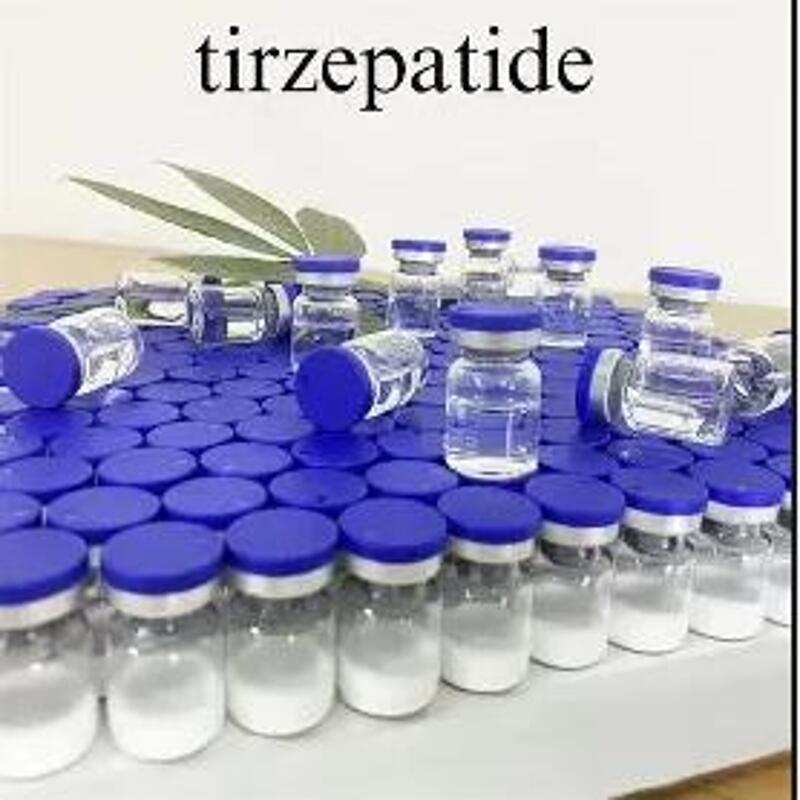Experiment 17 colony observation and bacterial colony production of bacteria, actinomycetes, yeasts and molds
-
Last Update: 2010-04-06
-
Source: Internet
-
Author: User
Search more information of high quality chemicals, good prices and reliable suppliers, visit
www.echemi.com
1、 Based on the principle of tomb, colony morphology refers to the colony morphology of a certain microorganism formed by a single bacterium on a certain medium Bacteria, actinomycetes, yeasts and molds, each kind of microbe has some relative characteristics under certain culture conditions By observing these characteristics, we can distinguish each kind of microbe and preliminarily identify and identify the microbe The method is simple and fast, which is often used in scientific research and production practice The blood culture medium is rich in nutrition and viscosity to cultivate bacteria The colonies growing on this medium are very sticky when they are fixed, which can be firmly attached to the slide or cover slide, so it is convenient for production and observation In addition, the blood culture medium is a better medium for the preservation of bacteria, so the colony production made from this medium can be preserved for a long time 2、 Equipment: Fusarium oxysporum, Bacillus subtilis, Streptomyces griseus, Saccharomyces cerevisiae, single colony plate of Penicillium, Staphylococcus albus; Bouin's fixative solution, 0.01% crystal violet solution, amniotic or rabbit blood, Peptone Agar Medium, alcohol, etc 3、 Operation step 1 Observe the characteristics of individual colonies of Azotobacter rotundii, Bacillus subtilis, Streptomyces griseus, Saccharomyces cerevisiae and Penicillium, and record the results according to the method described in Experiment 1 2 Preparation of blood agar culture medium: (1) ph7.6 meat extract peptone agar culture medium 10ml, sterile defibrinated sheep blood (or rabbit blood) 1ml (2) the Peptone Agar Medium was heated and dissolved (3) when it is cold to 45 ℃, add 1ml of sterile defibrinated amniotic blood to the culture medium by aseptic operation, and immediately shake to make the blood and agar culture medium mix well (4) quickly pour into the plate with aseptic operation to form the blood agar plate, and pay attention not to generate bubbles (5) leave it at 37 ℃ overnight If it grows aseptically, it can be used (6) take out the sterile plate and inoculate it with lines to separate single colony To keep the agar surface intact, use round head smooth glass rod for inoculation, and pay attention not to scratch the agar After inoculation, the culture was inverted in 37 ℃ greenhouse, and the results were observed the next day If there is a single colony, the next experiment can be carried out 3 Bacterial colony production (1) select a small individual colony for bacterial colony printing, cut the square agar about 10-15mm around the colony with a knife, put the side with colony on the agar block downward, put it on the cover glass, and then put the cover glass together with the agar block carefully in Bouin's fixed solution for about 1 hour, until the agar is completely white, take it out, and strip the agar carefully Pay attention not to damage the colony, only to leave it on the cover glass (2) gently wash the cover glass with colony with fine water (3) dye with 0.01% crystal violet for 3 minutes, then wash with water and dry (4) dehydration put the cover glass in alcohol of low concentration to high concentration (35%, 50%, 60%, 70%, 80%, 95%, 100%) for 5 minutes respectively, but immerse it in 100% alcohol for 15 minutes (5) take out the dehydrated cover glass transparently and put it into xylene for 2 minutes (6) take out the cover glass from xylene and wipe the xylene around the colony with soft paper Then add a small drop of Canadian latex in the center of a clean slide, quickly reverse the cover slide, and gently put it on the slide, so that the Canadian latex is covered with the cover slide, taking care not to generate bubbles, if there are bubbles, press out gently The colony characteristics were observed with low power microscope When the latex is completely dry, it should be stored in a wooden box one or two days later 4、 Experiment report
This article is an English version of an article which is originally in the Chinese language on echemi.com and is provided for information purposes only.
This website makes no representation or warranty of any kind, either expressed or implied, as to the accuracy, completeness ownership or reliability of
the article or any translations thereof. If you have any concerns or complaints relating to the article, please send an email, providing a detailed
description of the concern or complaint, to
service@echemi.com. A staff member will contact you within 5 working days. Once verified, infringing content
will be removed immediately.







